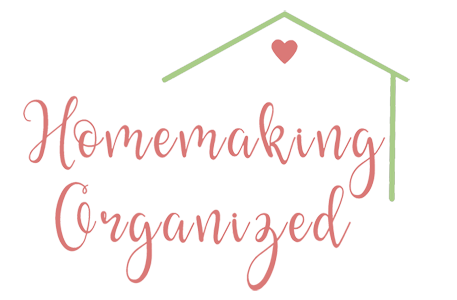Make Sure Your Family Has a First Aid Kit
As foster parents one of the things on our must have list is a First Aid Kit. It was recommended during our classes to become foster parents and it just makes sense to have one in the home.
Surprisingly not many people think about having a First Aid Kit. We hadn't really either. It was just the two of us and we were a fairly healthy couple. But we were about to take a child into our home. And children are accident prone!
Our First Aid class briefly went over what should go in a First Aid Kit and we went out to build one. It is a great resource to have at the ready in your home because you never know when you might need one.
What Should Go Into a Family Aid Kit?
First Aid Kits go beyond just a few bandaids and some alcohol swipes.
If you're like we were you might have first aid items in your home but they not quite put away in an organized way. There are some old medications, a sparse few bandages, and the odd ointment here and there.
That was good but we wanted to take it a step further.
Some other things we thought we could add to our First Aid kit included things like a thermal blanket (I have one), antihistamines for allergic reactions (I have those), aspirin for heart attacks and a new thing we learned about in our First Aid class for foster parents was the CPR shield.
First Aid Kit Items List
- Bandages of different sizes, including triangular
- Tape, preferably adhesive
- Alcohol wipes (which you can buy by the box)
- Antibiotic ointment or creams (Neosporin)
- Disposable Ice Packs
- Disposal latex gloves
- Gauze pads of various sizes (including a roll of self-adhesive gauze)
- Tylenol, Advil, and Aspirin
- Activated Charcoal
- Antihistamine
- Epinephrine
- Scissors
- Tweezers
- Safety Pins
Place all your First Aid Kit supplies in a sturdy, durable, and waterproof container. We purchased a bright red tackle box.
Now there are also premade versions of First Aid Kits but if you're going to be adding things to your kit you will wanted a larger container than the one they usually come in.
Store your kit where you can get to it easily but your littles ones cannot.
Make Sure Your Family First Aid Kit Stays Up to Date
Medications go bad. First aid kit items can lose their effectiveness over time. People move, doctors change, and your health decisions and information changes too. If you don't keep your Family First Aid kit up to date, there can be problems problems.
Here are some tips to help keep your Family First Aid kit up to date.
Bi-Annual Review
One quick and easy way to make sure your kit and medications are up to date and haven't expired is to review it twice a year. You might, for example, review your kit on January 31st (people like to organize this time of year) and July 1st (right before 4th of July).
Go through each item in your kit and make sure it hasn't expired. Review all of your medications and make sure they will not expire in the next six months. Replace any items that are expired or will soon expire.
The list maker
If you prefer to keep a running tally of what is up to date and what information or supplies need replacing, make a list of all the medications and supplies and their expiration dates. Organize the list chronologically with the item that will expire first at the top of the list.
As items expire you can toss them and replace them with new items. Put the newly purchased items back on your list with their new expiration date. Also, with this method youíll want to make sure you change any contact or health information as it changes since you wonít be conducting a semiannual review.
They are very easy to put together but if you would rather not, you can also buy a complete home First Aid Kit
To put one together here are some items you will need:
You might already have most of these supplies in your medicine cabinet, but as a safety measure you should be able to access these items quickly and efficiently and that is done best if they are in one container. If there was an area disaster, this would be the first item you would need to grab as you exit your home. Or perhaps your child fell off his bike and is badly hurt, having this kit immediately available can same him a great deal of pain until you rush him to a hospital or clinic.
You can also add to the kit any items you feel necessary, or didn't have in the past when confronted with a home accident, sudden illness, or child injury. As foster parents we also have to take CPR and First Aid training. If your local community offers a one day course on CPR First Aid it is a great idea to take the class. When faced with any life threatening situation at home, at least you will be prepared and have whatever you need to assist your loved ones.
